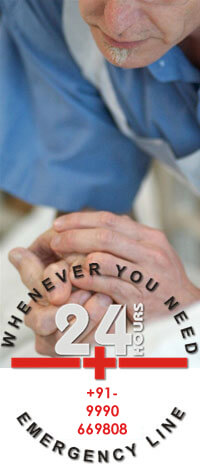Infant CPR - AIRWAY
"A" is for AIRWAY. It is normal for an infant to take shallow and rapid breaths, so carefully look, listen and feel for breathing. If you cannot detect any signs of breathing, the tongue may be obstructing the infant's airway.
Although the head tilt/chin lift technique is similar to adults and children, when clearing an infant's airway it's important not to tilt the head too far back. An infant's airway is extremely narrow and overextending the neck may actually close off the air passage.
Tilt the head back into what is called the "sniffer's position" - far enough to make the infant look as if he is sniffing (Figure 1).
If the victim is still not breathing on his own, you will have to assist him Breathing
Infant CPR (cardiopulmonary resuscitation) involves providing breaths and compressions to an infant who has stopped breathing or has no pulse. When performing CPR on an infant, it's important to prioritize airway management. Here are the steps for infant CPR with an emphasis on airway management:
- Check the scene and the infant for safety. If the infant is unconscious and not breathing or has no pulse, call emergency services immediately.
- Place the infant on a flat, firm surface and kneel down beside them. Tilt the head back and lift the chin to open the airway.
- Pinch the baby's nose shut and make a seal over their mouth with your mouth. Give two breaths, each lasting 1 second and making sure the chest rises with each breath.
- Check for a pulse. If there is no pulse, begin chest compressions. To perform chest compressions on an infant, place two fingers in the center of the chest and compress about 1/3 to 1/2 the depth of the chest. Give 30 compressions, then repeat the breaths.
- Repeat the cycle of breaths and compressions until emergency services arrive or the infant starts breathing and has a pulse again.
Note: It is recommended that individuals take a CPR certification course to learn proper techniques and practice hands-on skills.


































